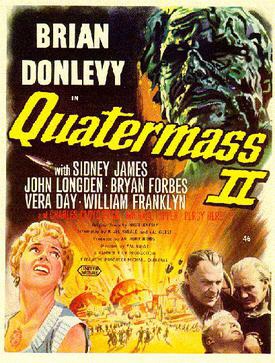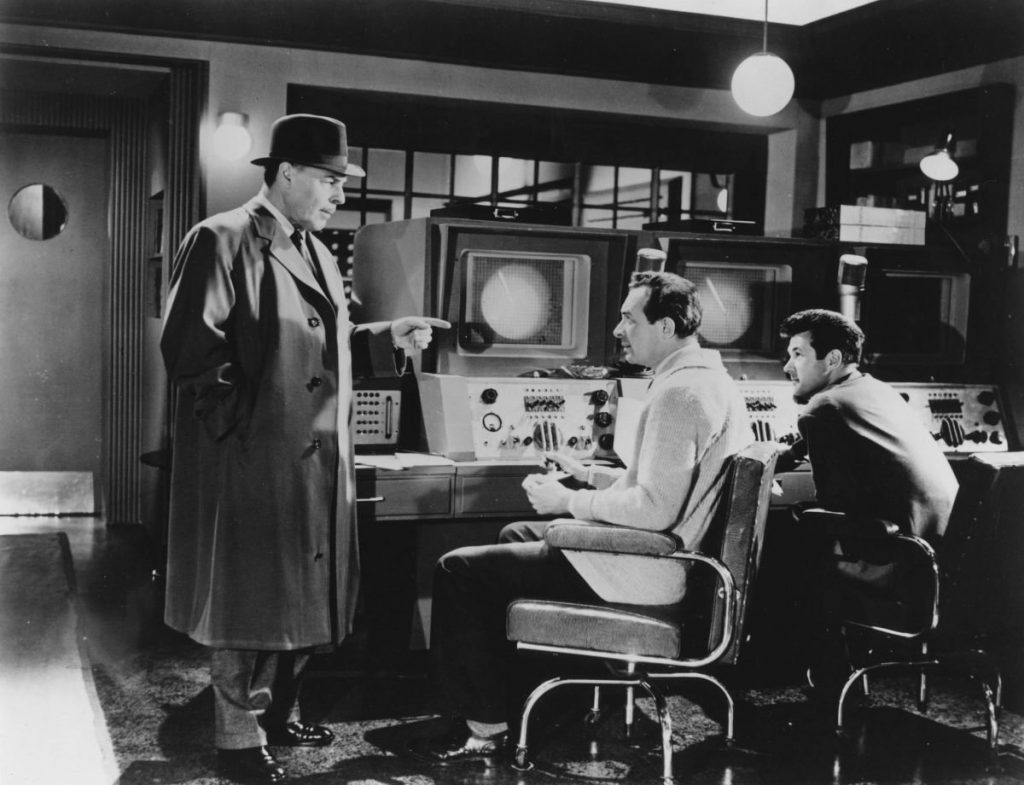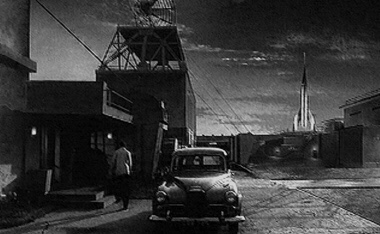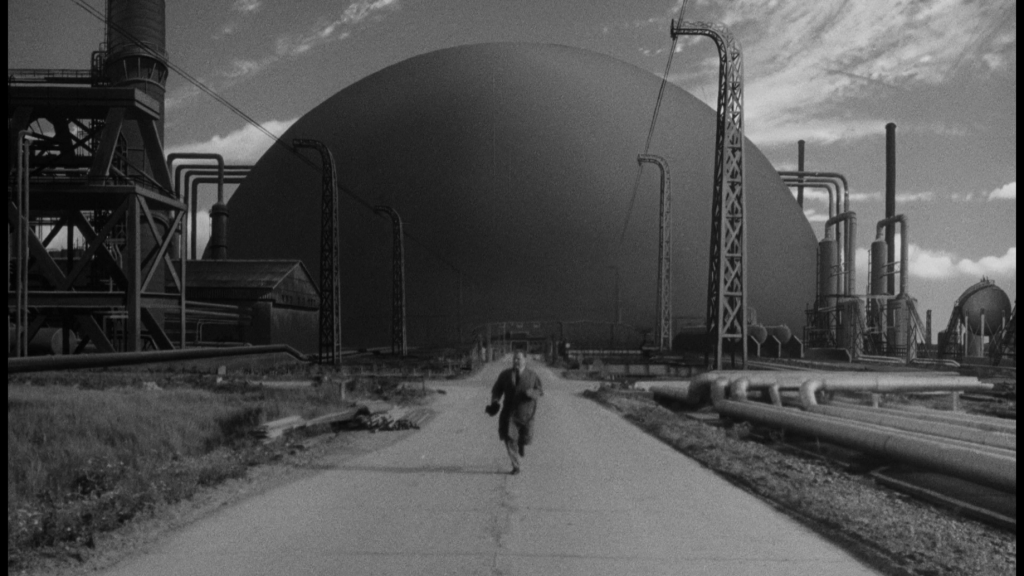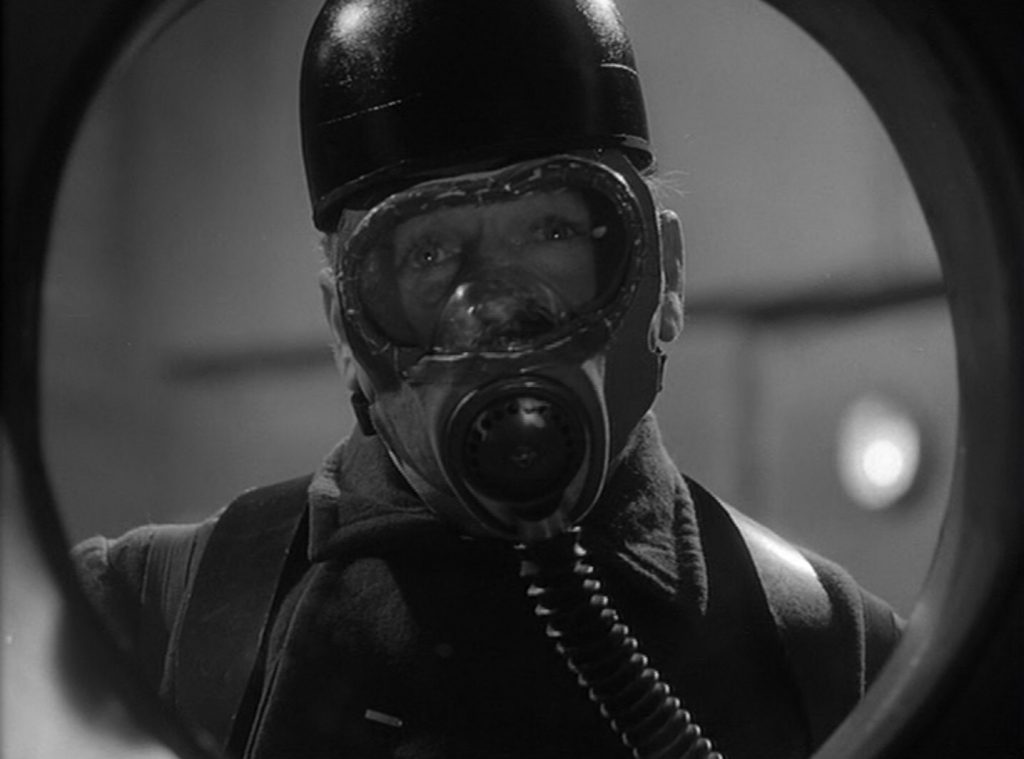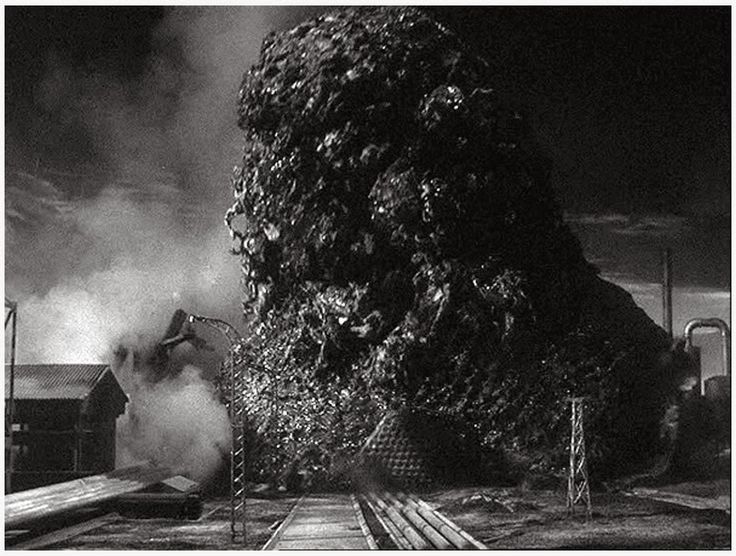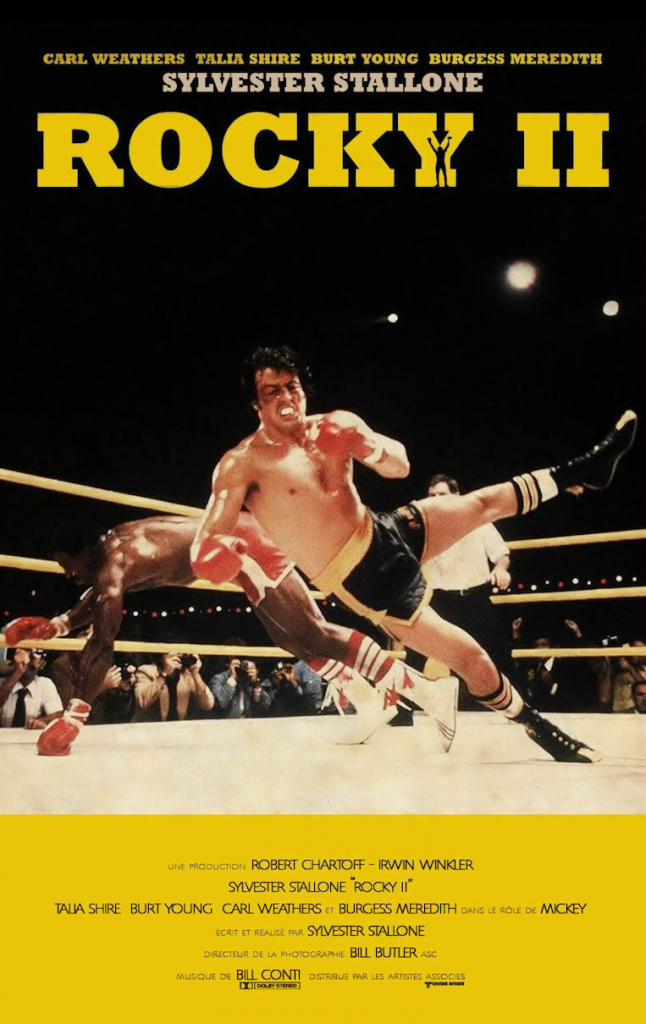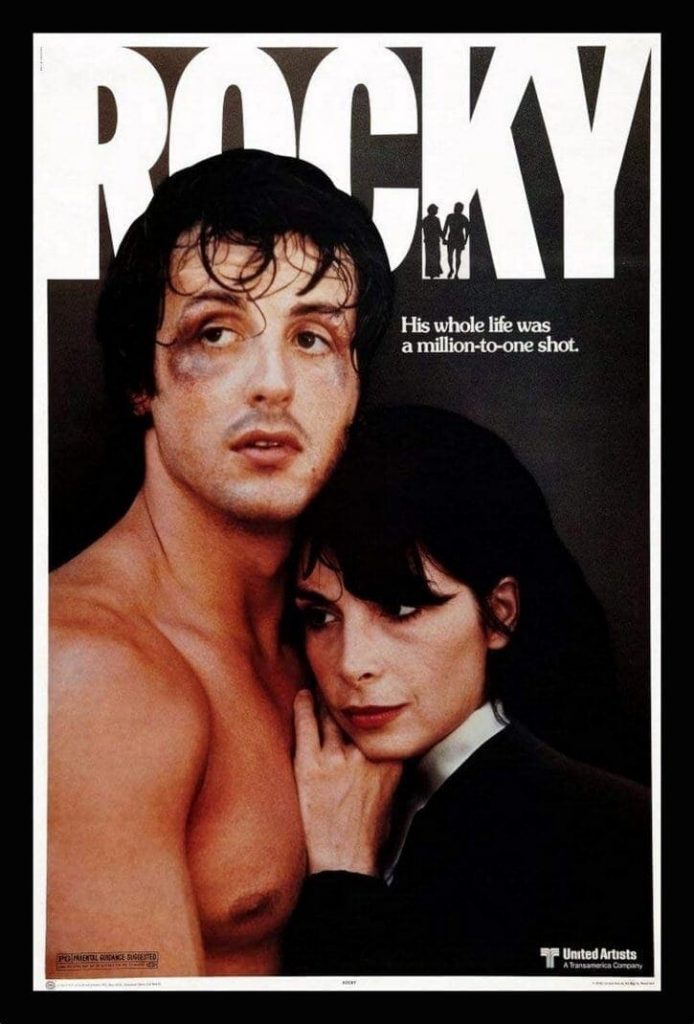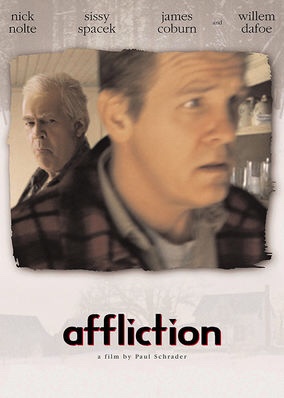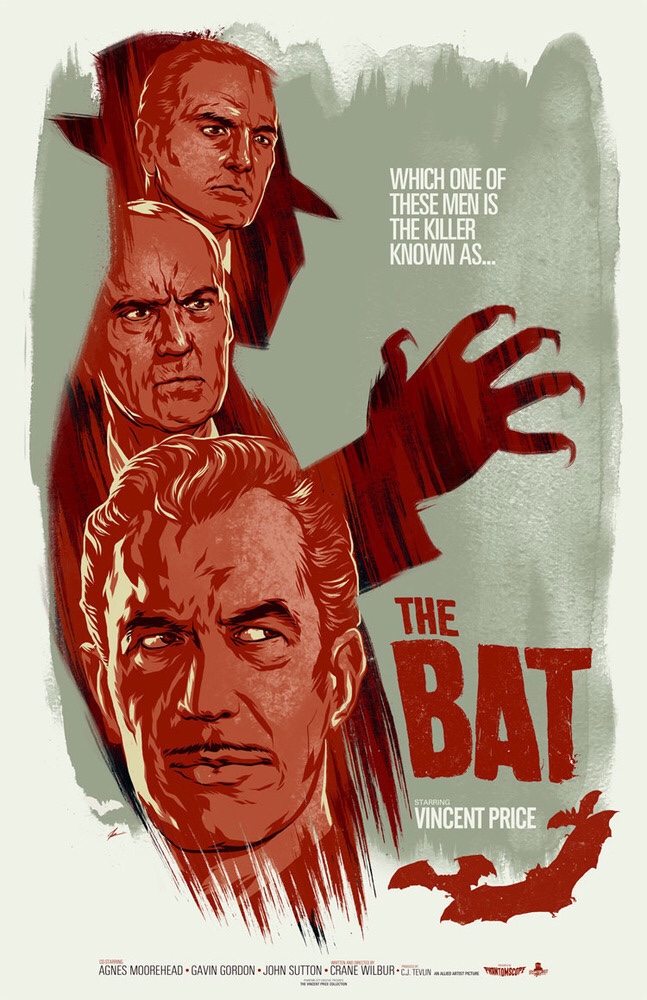

Hmmm!? We adore Vincent Price, but alas, the appallingly colorised (I use the American spelling deliberately here) version of The Bat we watched yesterday/this morning – we both dropped off to it last night! – is pretty dire.
I’ll prob’ check a few other versions (there are multiple versions on Amazon Prime alone, never mind other channels or sources!) to see if the original black and white fares any better.

One of the issues for me is how dated it all is. This can be a strength; we do love the era this was made and set in. But again, it does depend exactly how it’s done, and what aspects of the era it focusses on. In this instance the prissy ‘pointy-bra’ brigade, the core female leads, are rather off-putting.
Most of the men are no better, leaping like wooden marionettes straight from the pages of 1950s Reader’s Digest, all brill-creem, excessively good manners and overly earnest grins. Only the polite doc’ Malcolm Wells (Price), apparently offering any real diabolical relief from the saccharine crowd. Or is he alone in being evil?
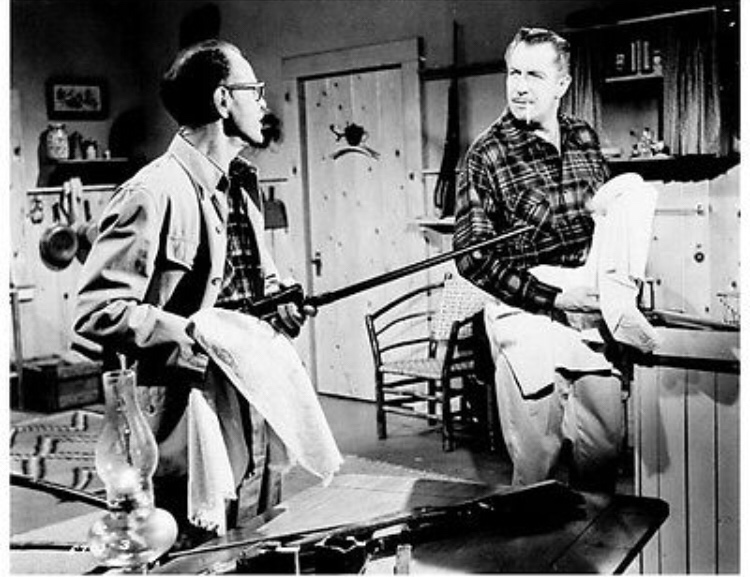
The plot, such as it is, centres on Cornelia Van Gorder (Agnes Moorhead), a writer of horror fiction, who’s staying at The Oaks, a classic horror-movie haunted house, with an appropriately grisly legendary past. In a connected plot line, the head of the local bank (and owner/builder of The Oaks) has embezzled $1 million, which becomes the plot-driving ‘McGuffin’.
‘I’ve seen better performances’, says Lt. Andersen (Gavin Gordonson, whose every bone and sinew is, apparently, made of wood), at one point, with far more unintended irony than he knows. Amen!

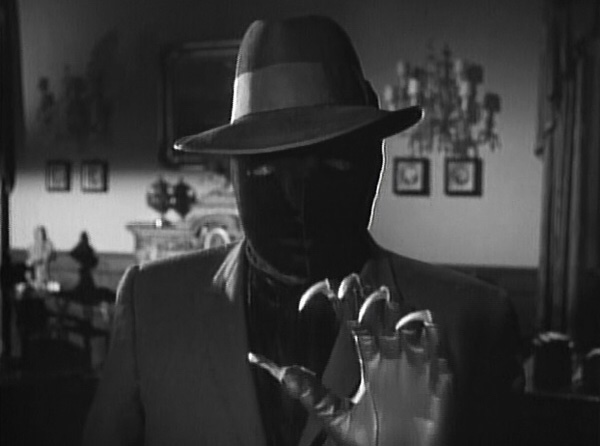
This is based on a stage play, and boy does it ever have that very hokey ‘stagey’ feel. The acting is simultaneously theatrical and wooden. The only real point of interest is the issue of who, exactly, is The Bat? Even when, at one point, we think we’re finding out, we don’t. Meanwhile Agnes searches for the loot…
I reckon this movie will be way better in original black and white. I tried to find it in that format, but all other versions on Amazon were pay to view (naughty!)*. And it is, ultimately, a pretty poorly put together assemblage of clichés. But despite all of this, it has enough period charm to be an enjoyable watch.
In this terribly ‘auto-colorised’ form, two stars. Assuming black and white will be better – say three stars? – I’ll go with two and a half stars here, for now.
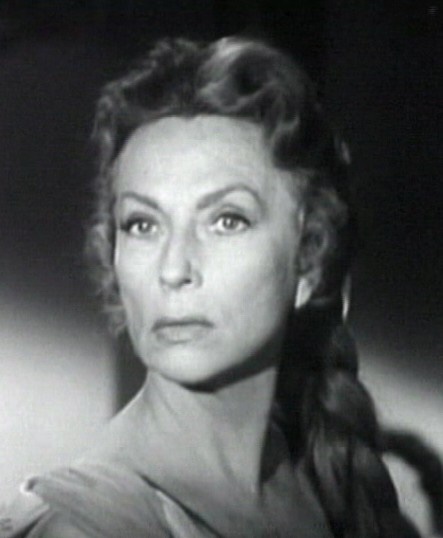
* I notice that of the four versions of this same movie I found just on Amazon’s streaming video services, only this terrible colorised (sic) version is free. That’s pretty shocking, given the film is out of copyright and therefore freely available for download/viewing. Anyone paying to watch this is being profiteered off, on the basis of their ignorance. But hey, that’s everyday capitalism for you.

